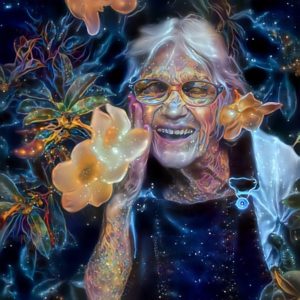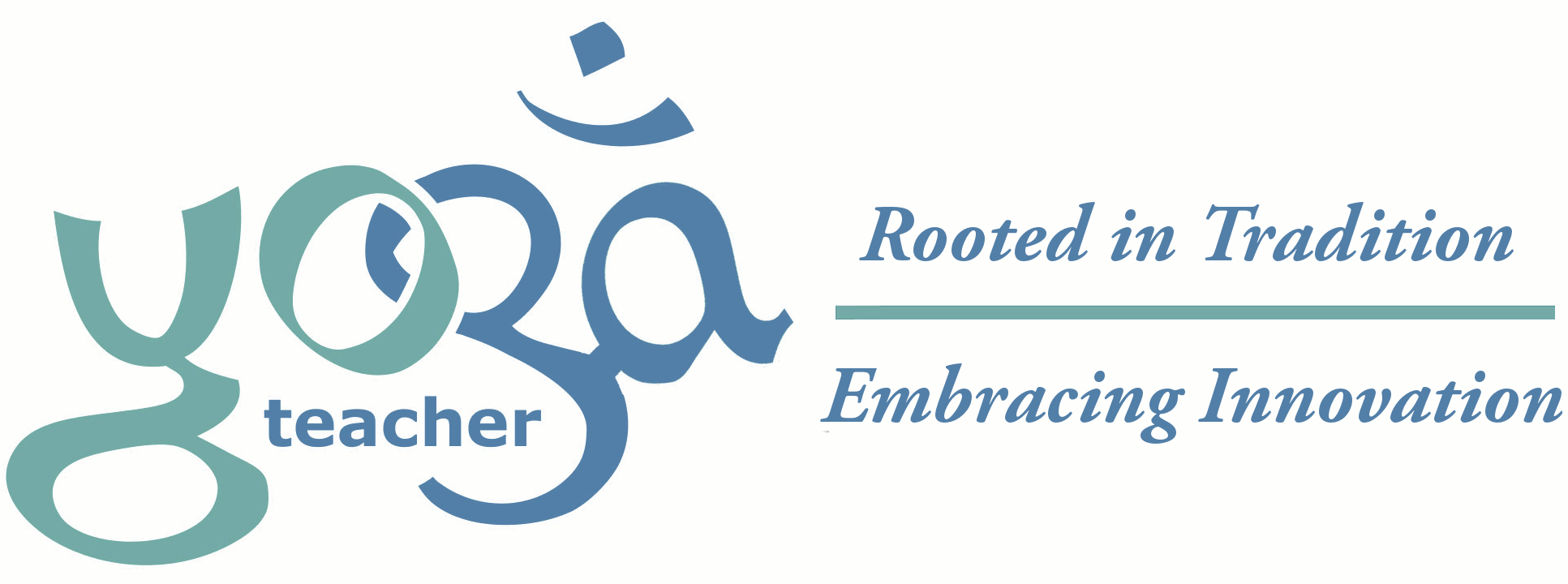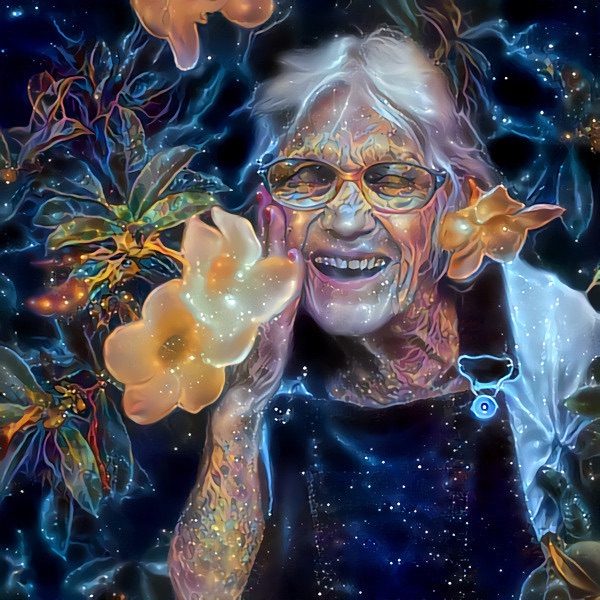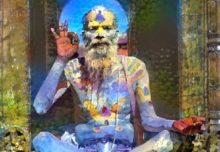 When I was 11 years old, my father, a science teacher, gave me some flat worms called planarian to study. In a famous experiment years earlier, researchers had taught planarian to navigate a simple maze. When the researchers cut the worms in half neither half died. Over time the tail grew a new head and the head grew a new tail resulting in two worms. Remarkably, both of the new worms remembered how to run the maze. The old worm was not killed and neither were the resulting two worms born. They could both legitimately claim to be the original worm that learned how to run the maze. There was a continuous division and flow of life and consciousness from the old worm to the two new worms. If this experiment was repeated over three more generations you would end up with 16 worms, each with a ‘memory’ of having been the original maze running planarian.
When I was 11 years old, my father, a science teacher, gave me some flat worms called planarian to study. In a famous experiment years earlier, researchers had taught planarian to navigate a simple maze. When the researchers cut the worms in half neither half died. Over time the tail grew a new head and the head grew a new tail resulting in two worms. Remarkably, both of the new worms remembered how to run the maze. The old worm was not killed and neither were the resulting two worms born. They could both legitimately claim to be the original worm that learned how to run the maze. There was a continuous division and flow of life and consciousness from the old worm to the two new worms. If this experiment was repeated over three more generations you would end up with 16 worms, each with a ‘memory’ of having been the original maze running planarian.
But I am jumping ahead of myself a little. Lets go back to the beginning of this story, 2.7 billion years ago when the first Eukaryote cell emerged. This new and complex cell with its mitochondria, nucleus and other organelles, was so successful that it soon out competed all other complex cells (if there were any). Eventually every living cell on the planet was either a primitive prokaryote cell, or a daughter of that first eukaryote cell. Every plant and animal on this planet today can trace its family history back to this one ancestor cell.
Consider the question of identity from a single cell’s perspective. Every cell knows the difference between self and other. It seeks out continued existence and tries to avoid death. Within this cell, the organelles replicate and then the DNA replicates and at this moment the cell is still one cell. Then the cell splits into two smaller cells.
Each of these two daughter cells are made entirely from atoms, molecules, organelles and membranes that moments before were part of the original cell. There is no point at which the old cell dies or a new cell is created. Just as the cell divides up its organelles and DNA, so to, it must divide is consciousness and self identity into two equal parts, much like the flat worms of my youth.
From that first primordial eukaryotic cell came two cells, then four, and eight and all of them could trace their limited awareness of self back to that first cell. This process has continued unabated through the eons. Every single-celled plant or animal organism that you look at under a microscope is 2.7 billion years old and is descended from the same original eukaryotic cell.
But what about higher life forms like humans? In exchange for sexual reproduction and the resultant complexities, we gave up this form of immortality. All creatures that reproduce through sex, seem to have a built in clock that counts down to zero. As new generations emerge and diverge into greater and greater complexity, the previous generations die off, creating room for continued innovation and evolution.
However, if you think about it in the right way, you and every cell in your body, like the amoeba, are 2.7 Billion years old. Of the forty trillion cells that comprise your body, all arose from one single fertilized ovum in your mother’s womb. That ovum in turn, previously hibernated in your mother’s ovaries, which grew from stem cells, which grew from a fertilized ovum in your grandmother’s womb, which grew from your great-grandmother’s ovum, all the way back to that first Eukaryote cell, swimming in the ocean 2.7 billion years ago.
Is it any wonder after 2.7 billion years of continuous life that we hold onto it so fiercely?






